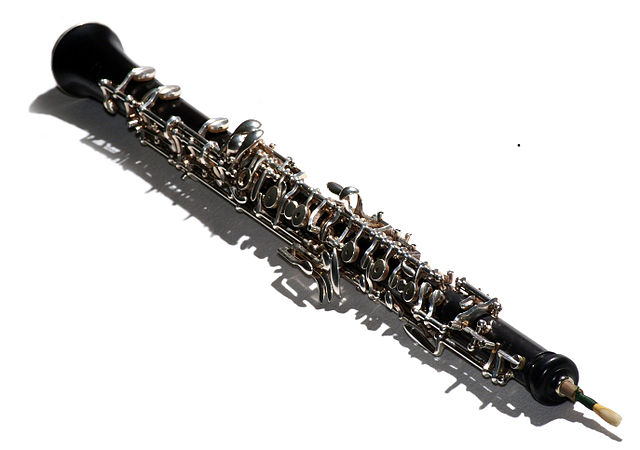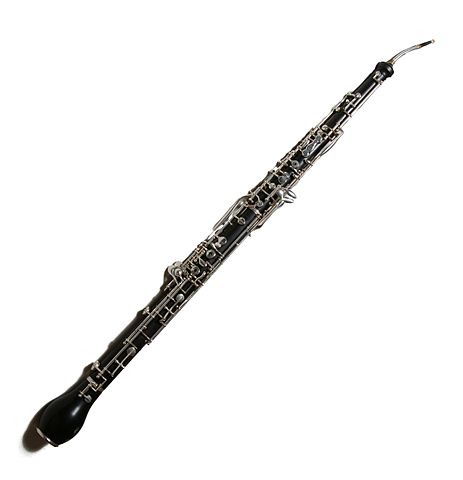Flute

Unlike woodwind instruments with reeds, a flute is an aerophone or reedless wind instrument that produces its sound from the flow of air across an opening. There are many different kinds of flutes around the world, but the most common kind is the western concert flute. The Western concert flute is a transverse treble flute that is closed at the top. An embouchure hole is positioned near the top, across and into which the player blows. The flute has circular tone holes. Beginner's flutes are normally made of nickel, silver or brass that is silver-plated, while professionals use solid silver, gold, and sometimes platinum instruments. There are also modern wooden bodies instruments usually with silver or gold keywork. The wood is usually African Blackwood. The standard concert flute is pitched in the key of C and has a range of three octaves starting from middle C (or one half-step lower, when a B foot is attached to the instrument). This means that the concert flute is one of the highest common orchestra and concert band instruments.
Piccolo

The piccolo is a half-size flute. The modern piccolo has most of the same fingerings as its larger sibling, the standard flute, but the sound it produces is an octave higher than written. In the orchestral setting, the piccolo player is often designated as "piccolo/flute III", or even "assistant principal". The larger orchestras have designated this position as a solo position due to the demands of the literature. Piccolos are often orchestrated to double the violins or the flutes, adding sparkle and brilliance to the overall sound because of the aforementioned one-octave transposition upwards. In concert band settings, the piccolo is almost always used and a piccolo part is almost always available.
Oboe

Oboe plays in the treble or soprano range. Oboes are usually made of wood, but there are also oboes made of synthetic materials. A soprano oboe measures roughly 65cm long, with metal keys, a conical bore and a flared bell. Sound is produced by blowing into the reed and vibrating a column of air. The distinctive oboe tone is versatile, and has been described as "bright". When the term oboe is used alone, it is generally taken to mean the standard treble instrument rather than other instruments of the family, such as the cor anglais (English horn) or the oboe d'amore. Today, the oboe is commonly used in concert bands, orchestras, chamber music, film music, in some genres of folk music, and as a solo instrument, and is occasionally heard in jazz, rock music, pop music, and popular music.
Cor Anglais

The cor anglais or English horn in North America, is a double-reed woodwind instrument in the oboe family. It is approximately one and a half times the length of an oboe. The cor anglais is a transposing instrument pitched in F, a perfect fifth lower than the oboe (a C instrument). This means that music for the cor anglais is written a perfect fifth higher than the instrument actually sounds. The fingering and playing technique used for the cor anglais are essentially the same as those of the oboe and oboists typically double on the cor anglais when required. The cor anglais normally lacks the lowest B♭ key found on most oboes and so its sounding range stretches from E3 (written B♮) below middle C to C6 two octaves above middle C.